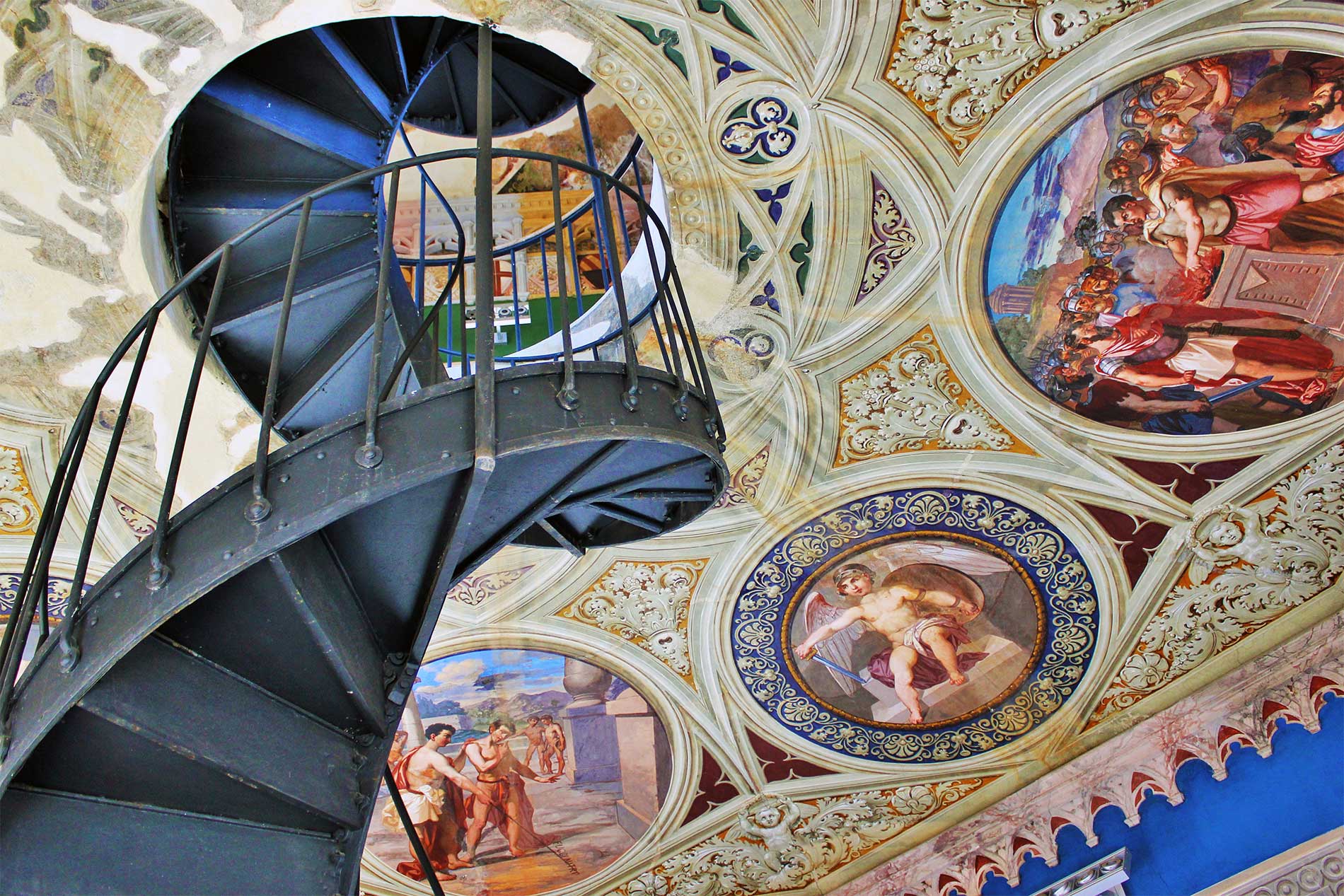Description
The visit will begin with the Ducal Castle of Corigliano-Rossano, one of the most beautiful and best preserved in the whole South. Which was certainly part of the defensive line that the Norman leader Robert Guiscard built between 1064 and 1080 in the Crati Valley, to control and besiege the cities and territories intolerant to his yoke: among them the nearby Byzantine Rossano.
The first castellan was a vassal of Guiscardo, a certain Framundo, coming from Losdum in France. Roberto Sanseverino IV Count of Corigliano from 1339 to 1361, we owe the first adjustment, which on the one hand served to adapt part of the castle as a stately residence, and the other made the building take on the appearance typical of the fortified architecture of the Angevin period.
According to local tradition, Charles of Anjou was born there in 1354, who would become King of Naples in 1381 with the name of Charles III.
From 1487 to 1495 the castle was under royal administration, becoming the seat of a military garrison. During this parenthesis, which lasted eight years, the fortress was restored by royal commission.
The intervention is highlighted by the low round corner tower (today Mastio) with a square base and cylindrical towers at the vertexes, according to the cardinal points. It is likely that the Aragonese “restorer” was Antonio Marchesi da Settignano, a pupil of the great Francesco di Giorgio Martini, military architect to the King of Naples and well-known in courts throughout Europe. Between 1616 and 1649 the Ducal Castle passed from the Sansaverino family to the Saluzzo family, wealthy Genoese entrepreneurs who also worked in Naples.
At the end,transfer to the Abbey of Santa Maria del Patire,founded around 1095 by the monk and priest Bartholomew of Simeri, with the help of some rich Normans, and was dedicated to “Santa Maria Nuova Odigitria”, although it is known simply as “Patire” (from the Greek Patèr = father), attribution given as a sign of devotion to the founding father.
In 1105 the pontiff Pasquale II granted it the right of immunity from the bishop’s jurisdiction.
The abbey also possessed a rich library and a scriptorium where amanuensis monks worked to transcribe ancient codes. From the fifteenth century the monastery of Patire experienced a long but inexorable decline, like all Italian-Greek monasteries, until it was suppressed by the French in 1809. From the fifteenth century the monastery of Patire experienced a long but inexorable decline, like all Italian-Greek monasteries, until in 1809 it was suppressed by the French.



